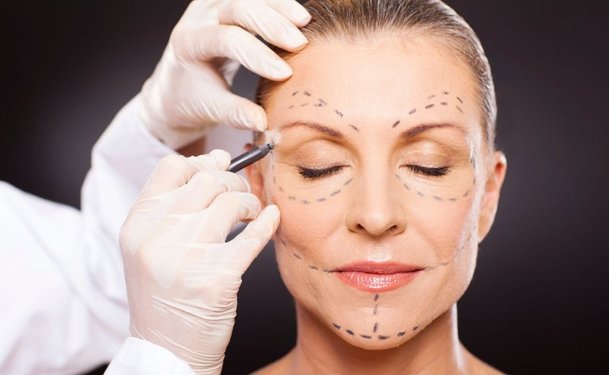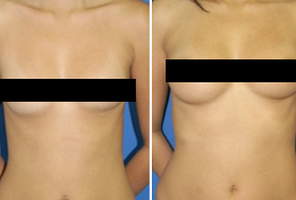What is Facial Reconstruction?
Facial reconstruction, otherwise known as craniofacial reconstructive surgery, is any surgical procedure used to reconstruct the features of the face. This type of surgery may be directed toward repairing the soft tissue or muscular structures the face, or it might be oriented toward repairing fractures of the facial bones and displacement of the cartilage.
What is Facial Reconstruction used for?
The purpose of facial reconstruction surgery is to reclaim cosmetic appearance and correct any interruption in facial function. One of the most common purposes of facial reconstruction is injury status post motor vehicle accidents when the cranial bones, cheek bones, jaw bone or bones surrounding the eyes may have been fractured or displaced.
In other cases, facial reconstruction may be used to correct facial birth defects, domestic-violence-induced facial trauma, cancer of the head or neck, facial scar revision, nasal surgery, or eyelid, ear or lip reconstruction. Because unexpected trauma is one of the most common reasons for facial reconstructive surgery, most people tend to associate that with this type of procedure. However, patients affected by skin cancer with metastases to the facial bones often require facial reconstruction throughout the course of treatment because of the affect that treatment has on facial structure. Other times, facial misalignment or fractures of the cranial bones occurring while in utero are among some of the reasons that birth defects might need to be corrected with facial reconstruction.
How long does Facial Reconstruction take?
The extent of damage to the face determines how long the facial reconstructive process will last. As a standard, most facial reconstructive surgeries will last anywhere from 4 to 14 hours. However, the largest determining factor for the amount of time needed to complete the procedure is how much facial damage there is as well as how much of it can be corrected in one surgical procedure. The overall goal is to limit the need for further surgery by attempting to surgically correct as much as possible in one procedure.
How is Facial Reconstruction performed?
The technique employed during facial reconstruction surgery varies based on which aspects of the face are being corrected. Often times, especially in cases of facial trauma, bone grafts are needed in which bone from other areas of the body is taken and placed to correct the bony structures of the face. Similarly, when the skin of the face requires repair, a skin graft may be needed as well. A technique called rigid fixation, which employs the use of metal plates and screws to hold fractured bones in place, is a common procedure used during facial reconstruction.
However, it is important to understand that not all facial reconstruction surgeries are as invasive. Sometimes a simple laceration to the face, such as through the eyebrow, through the lip or across the forehead requires only a few stitches under local anesthesia.
What are the risks of Facial Reconstruction?
After the procedure, it is common for patients to experience large amounts of swelling and bruising to the face. However, it is worth mentioning that there are some fairly rare risks which could potentially occur as well. These include loss of sensation throughout the face, diminished sense of smell, disproportion of the face and obstruction of the nasal canals.
Disclaimer: This information is intended only as an introduction to this procedure. This information should not be used to determine whether you will have the procedure performed nor does it guarantee results of your elective surgery. Further details regarding surgical standards and procedures should be discussed with your physician.


